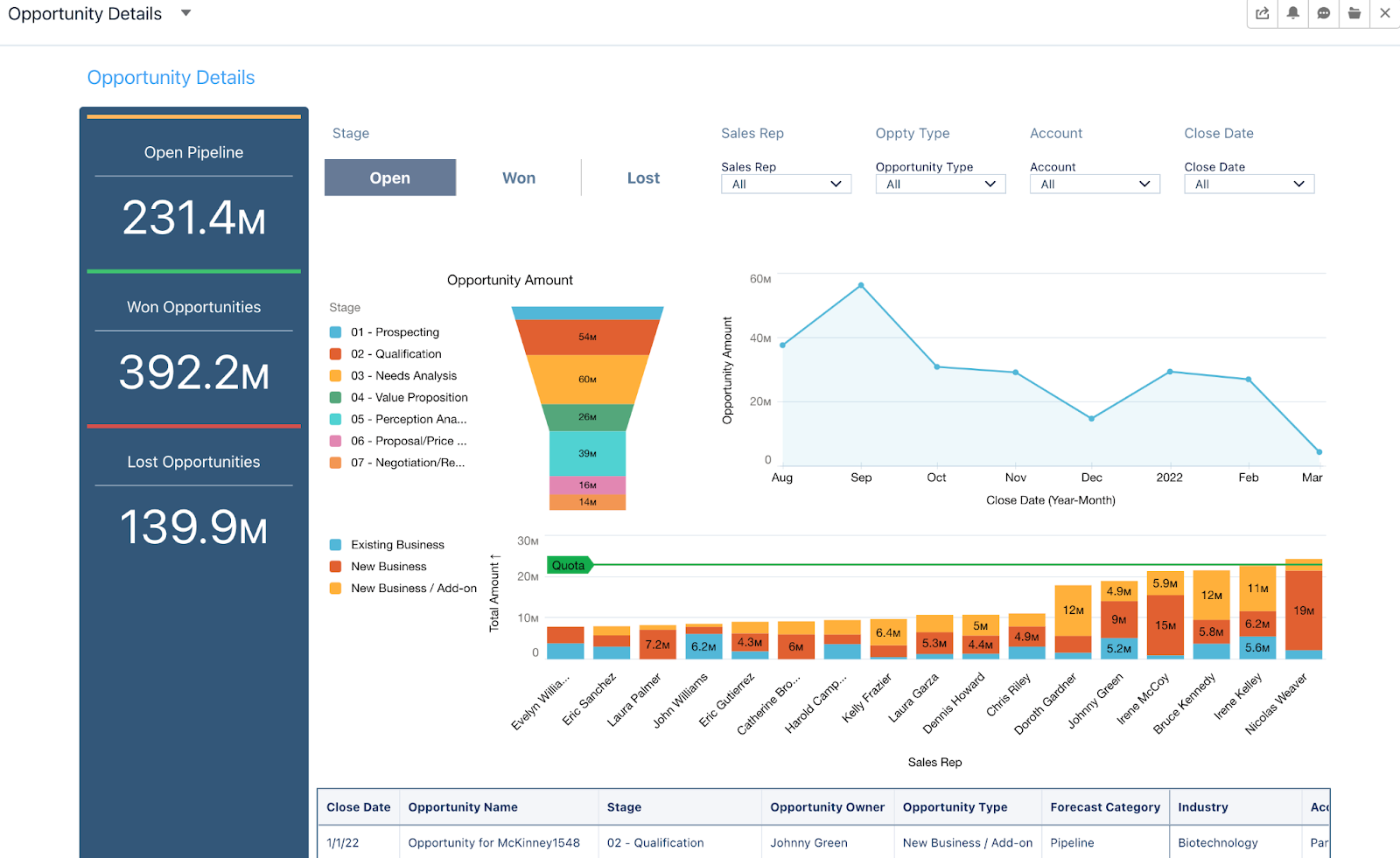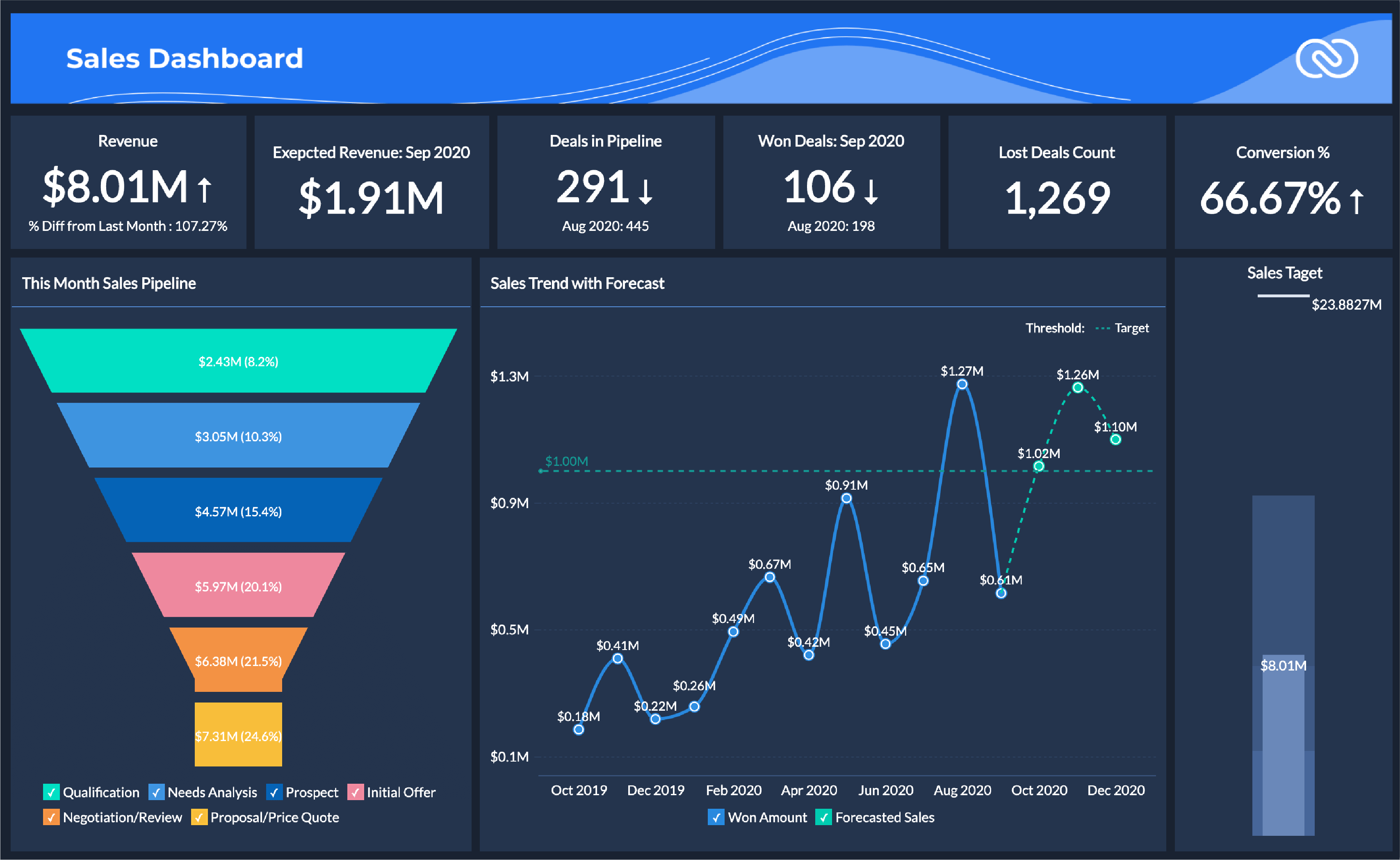crm analytics growth unlocking business insights and value
crm analytics growth is rapidly transforming how businesses understand their customers and make informed decisions. As organizations increasingly adopt digital tools, the ability to analyze CRM data has become vital for staying competitive in today’s fast-paced markets. This growth is opening up innovative ways to personalize customer experiences, improve sales strategies, and optimize overall operations.
By leveraging advanced analytics within CRM systems, companies can identify trends, forecast behaviors, and reveal opportunities that may have otherwise gone unnoticed. The integration of cutting-edge technologies and growing organizational demand are fueling the expansion of CRM analytics, making it an essential component of modern business success.
Introduction to CRM Analytics Growth
Customer Relationship Management (CRM) analytics refers to the advanced processes and technologies used to collect, analyze, and interpret data from customer interactions. In today’s dynamic business environment, CRM analytics has become essential for organizations aiming to gain deep insights into customer behavior, streamline sales processes, and deliver personalized experiences at scale. Its growing importance is rooted in the shift towards data-driven decision making, as companies increasingly recognize the value of leveraging customer information for competitive advantage.
The expansion of CRM analytics is attributed to several interrelated factors. The digital transformation of industries has produced massive volumes of customer data, making traditional manual analysis impractical. Meanwhile, advancements in big data technologies, cloud computing, and AI-driven solutions have lowered the barriers to entry for sophisticated analytics. Businesses are now able to integrate real-time insights into every aspect of their operations, from marketing and sales to customer service and product development.
In the past, CRM adoption was primarily centered on contact management and sales tracking. Over the last decade, however, there has been a marked trend towards integrating analytics within CRM platforms, as organizations seek to convert raw data into actionable intelligence. This evolution has transformed CRM systems from static databases into dynamic engines for business growth, fueling both operational efficiency and innovation.
Key Drivers Influencing CRM Analytics Growth
The rapid adoption of CRM analytics is shaped by both technological innovations and evolving business needs. Understanding these drivers helps organizations better position themselves to harness the full potential of analytics.
Technological advancements such as AI, machine learning, and natural language processing have enabled organizations to discover patterns and predict future behaviors with unprecedented accuracy. These tools automate data collection and analysis, allowing teams to focus on strategic action instead of manual number crunching.
Organizations are also increasingly compelled to adopt CRM analytics due to rising customer expectations for personalized experiences and seamless service. Real-time analytics empowers companies to respond to shifting demands quickly, maximizing customer satisfaction and loyalty.
Not all industries benefit equally from CRM analytics. Some sectors have seen particularly impactful results due to the nature of their customer interactions and data intensity.
- Financial services: Improved risk profiling and customer segmentation
- Retail and e-commerce: Enhanced personalization and inventory optimization
- Healthcare: Streamlined patient engagement and retention initiatives
- Telecommunications: Churn prediction and proactive service offerings
- Hospitality and travel: Dynamic pricing and guest experience enhancement
Benefits of Enhanced CRM Analytics Capabilities
Enhanced CRM analytics capabilities drive better decision-making, greater customer engagement, and stronger operational outcomes. For instance, companies leveraging predictive models can identify high-value prospects and optimize campaign performance, leading to higher conversion rates and improved ROI.
CRM analytics also play a pivotal role in boosting engagement and retention. By analyzing historical purchase data, behavior patterns, and feedback, businesses can tailor communications, recommend relevant products, and proactively address churn risks.
| Benefit | Description | Impact | Industry Example |
|---|---|---|---|
| Informed Decision Making | Data-driven insights support strategic planning and operational adjustments | Reduces risk and increases agility | Retailers using analytics to guide inventory purchases |
| Personalized Customer Experience | Segmentation and targeting based on behavioral data | Boosts loyalty and customer lifetime value | Telecoms customizing offers for high-value segments |
| Increased Sales Conversion | Identifying and prioritizing high-potential leads | Improves sales productivity and revenue | Financial advisors focusing on clients with high propensity to buy |
| Efficient Resource Allocation | Optimizing marketing and service spend using analytics | Maximizes return on investment | Healthcare providers targeting at-risk patients for outreach |
Implementation Strategies for CRM Analytics

Successful integration of analytics into existing CRM systems requires a systematic approach. Organizations should begin with a clear assessment of current data infrastructure, followed by identifying business objectives and key metrics.
A typical step-by-step procedure involves data cleansing, mapping, and integration, ensuring that all customer touchpoints feed into a centralized CRM platform. Next, analytics modules are configured or developed to align with business goals, whether it’s improving lead scoring, automating marketing, or forecasting revenue. Continuous training and stakeholder engagement are critical to ensure adoption across teams.
Best practices for aligning CRM analytics with organizational objectives include setting measurable KPIs, collaborating cross-functionally, and iterating based on feedback and results.
A mid-sized retail chain implemented CRM analytics by first consolidating its customer data from online and in-store channels. By prioritizing use cases such as personalized promotions and real-time inventory alerts, they achieved a 20% increase in campaign response rates and improved stock turnover within six months.
Measuring the Impact of CRM Analytics Growth

Measuring the impact of advanced CRM analytics involves tracking key performance indicators, evaluating ROI, and maintaining transparent reporting for stakeholders. Methods such as cohort analysis, customer lifetime value calculation, and multi-touch attribution provide quantifiable insights into analytics-driven improvements.
A structured approach to measurement ensures that business leaders can justify further investments in analytics and refine their strategies over time.
| Metric | Measurement Tool | Reporting Frequency | Responsible Team |
|---|---|---|---|
| Customer Retention Rate | CRM dashboards, survey analytics | Quarterly | Customer Success |
| Sales Conversion Ratio | Sales analytics modules | Monthly | Sales Operations |
| Campaign ROI | Marketing attribution tools | Per campaign | Marketing |
| Customer Lifetime Value | Predictive analytics platforms | Annually | Finance & Analytics |
Visualizing CRM analytics outcomes helps bridge the gap between data and decision-making. Techniques such as interactive dashboards, heatmaps, and trend charts make complex insights accessible to executives and non-technical stakeholders, ensuring that analytics initiatives drive real business value.
Last Point

The momentum behind crm analytics growth shows no signs of slowing down. With continuous technological advancements and evolving business needs, organizations that embrace CRM analytics are well-positioned to drive better outcomes and sustain long-term growth. Staying ahead means not only adopting powerful analytics tools but also nurturing a culture that prioritizes data-driven decision-making across all levels.
Answers to Common Questions: Crm Analytics Growth
What is CRM analytics growth?
CRM analytics growth refers to the increasing adoption and advancement of analytical tools within CRM systems to extract actionable insights and support business growth.
How does CRM analytics benefit small businesses?
CRM analytics enables small businesses to better understand customer preferences, streamline sales processes, and make more informed decisions to compete effectively.
Can CRM analytics be integrated with other business systems?
Yes, most modern CRM analytics platforms offer integration capabilities with other tools like marketing automation, ERP, and business intelligence software.
What skills are needed to implement CRM analytics?
Key skills include data analysis, CRM system management, knowledge of analytics platforms, and the ability to interpret and communicate insights effectively.
Is CRM analytics growth relevant for non-profit organizations?
Absolutely. Non-profits can use CRM analytics to enhance donor management, improve outreach efforts, and maximize the impact of their programs.